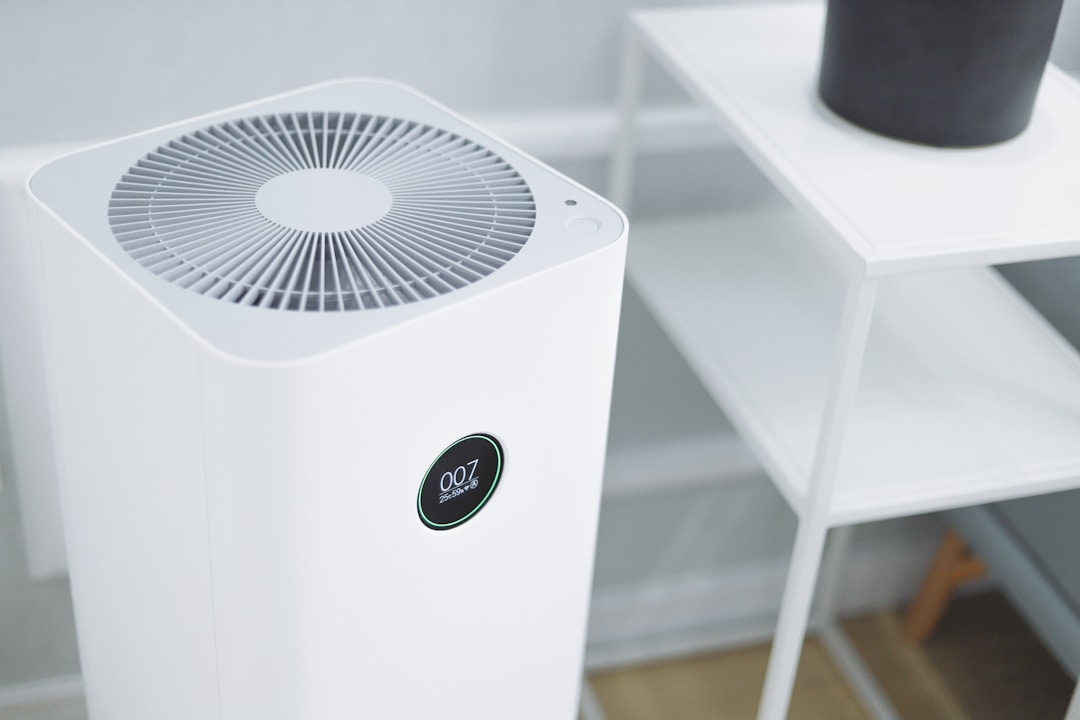There are plenty of compelling reasons to make sure your home supports quality airflow. Air circulation and indoor air quality are both essential parts of keeping yourself and the rest of your household safe and reducing exposure to the health risks created by poor airflow. However, it can be difficult to know what to do or where to start when it comes to improving your ventilation.
Different properties also have different ventilation needs, which is why it’s often best to have an expert come and evaluate the airflow in your home. They can give you a better idea of what your next steps should be and how significant the contamination is. If you and your family are hoping to breathe easier, read on to learn how to improve poor airflow in your home for health conditions.
How can you improve airflow at home?

Many homeowners don’t know how to improve poor airflow in the home. One of your most important tools for maintaining your indoor air quality is your HVAC system. However, if you haven’t engaged in proper repair and maintenance, you may find that your HVAC operates ineffectively or inefficiently. This can result in a noticeable decrease in the air quality in your home, which can be especially dangerous for families where a member of the household has a health condition that could be affected.
You should have your HVAC system inspected at least once annually, and experts recommend that you change the filter every 90 days. If you’re experiencing consistent operating problems or frequent breakdowns with an HVAC system that is over 10 years old, you may need to replace the system entirely.
The exhaust fan in your kitchen should also be used frequently, especially when using the stovetop. Some exhaust fans don’t move air outside, but they can still help prevent virus particles from being concentrated in one location and improve overall airflow. You should also make sure you let fresh air into the house whenever you can. According to the EPA, indoor air is significantly more polluted than outdoor air.
What health conditions can be impacted by poor airflow?

Any respiratory condition can often have symptoms that are exacerbated by poor airflow. Those with asthma and allergy sufferers can be especially sensitive to contaminants in the air or a lack of proper airflow. Rooms without proper ventilation can also experience a buildup of harmful chemicals like radon, which can increase the risk of serious illnesses like lung cancer. Radon is actually the second leading cause of lung cancer. Other chemicals like carbon monoxide can also build up to deadly levels without adequate ventilation.
It’s also important to mention that with the ongoing public health crisis caused by COVID-19, managing indoor ventilation is necessary. Stagnant indoor air can increase the risk of spread of the virus, whereas outdoor air and wind can often disperse aerosols more rapidly. The CDC states that it’s important to take measures to reduce the concentration of viral particles and dilute any potential contaminants indoors as much as possible.
Proper airflow is a major factor in both your comfort and your health at home, and fortunately, there are a number of steps homeowners can take to make sure the air in their home is safe to breathe. The best way to protect the quality of your air is to ensure that you have a well-maintained HVAC system and that the filter has been changed recently. Air cleaners, air purifiers, humidifiers, and dehumidifiers can also be useful tools for controlling the humidity and overall cleanliness of your indoor air. The health risks that are created by poor airflow are substantial, so it’s worth investing in your HVAC system and other ventilation solutions to protect your home.

